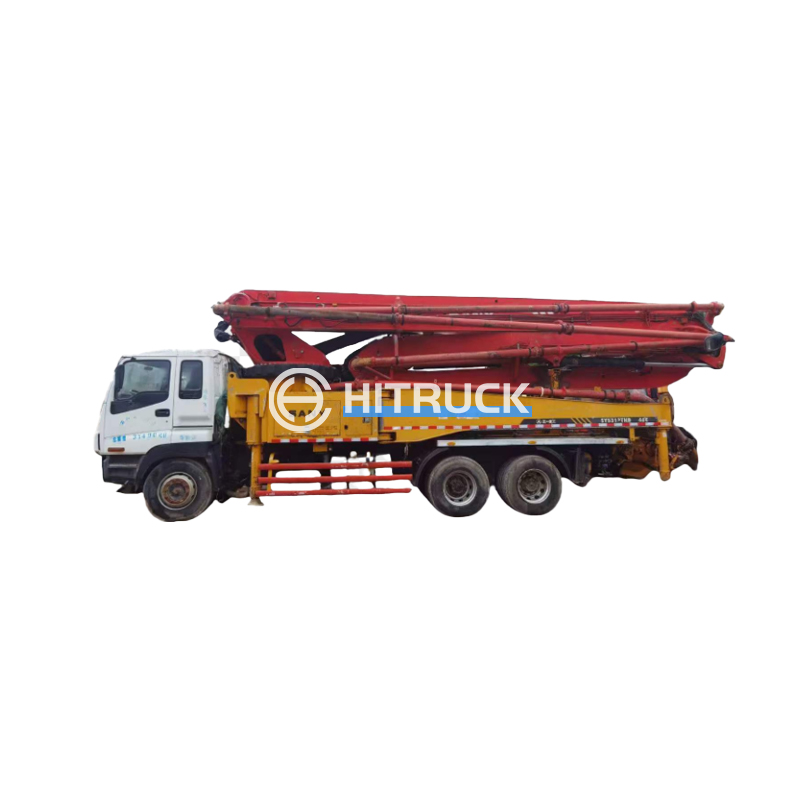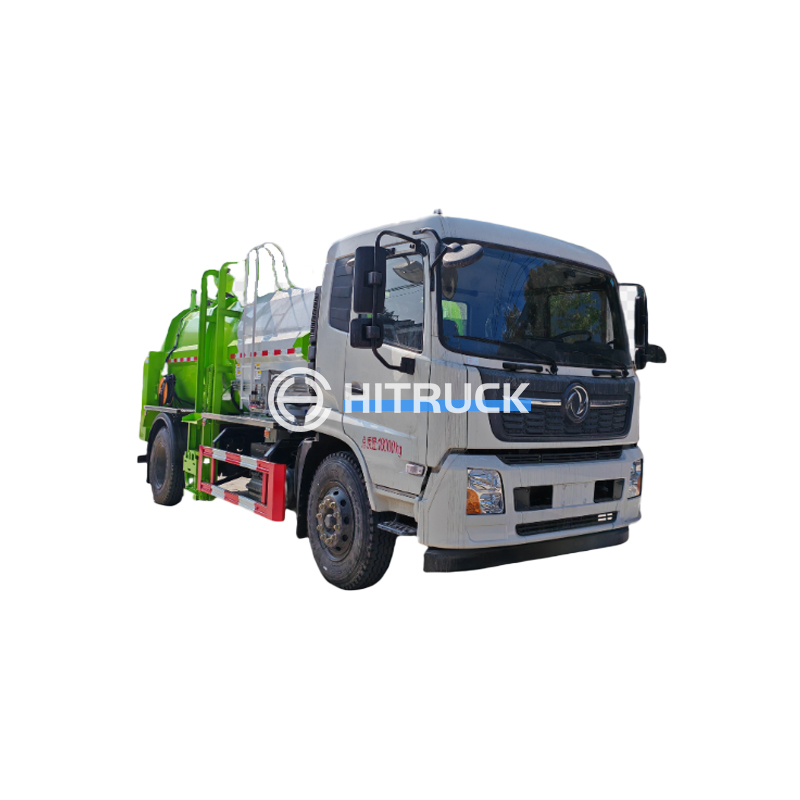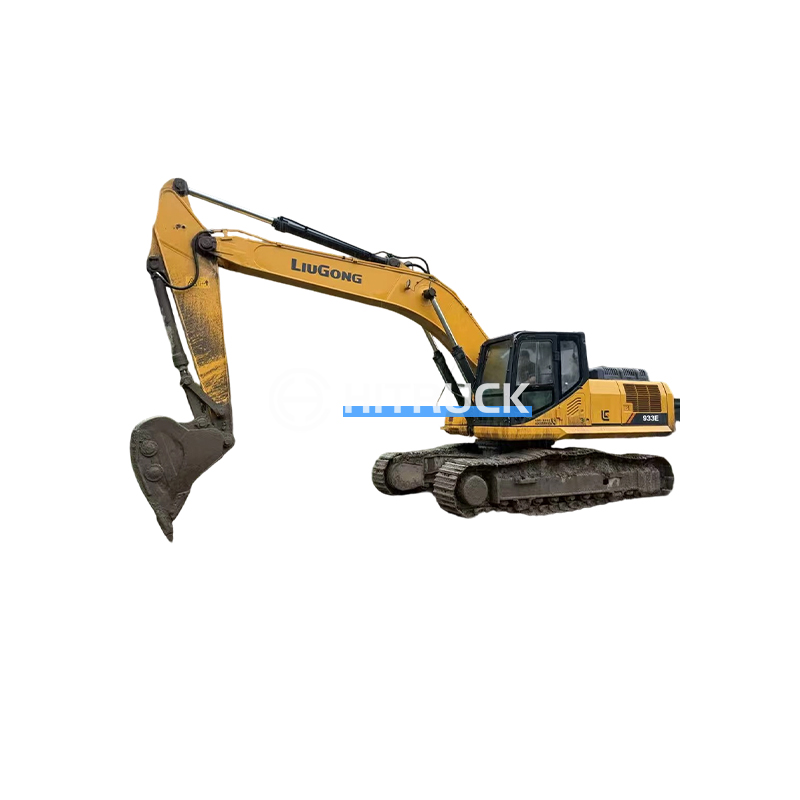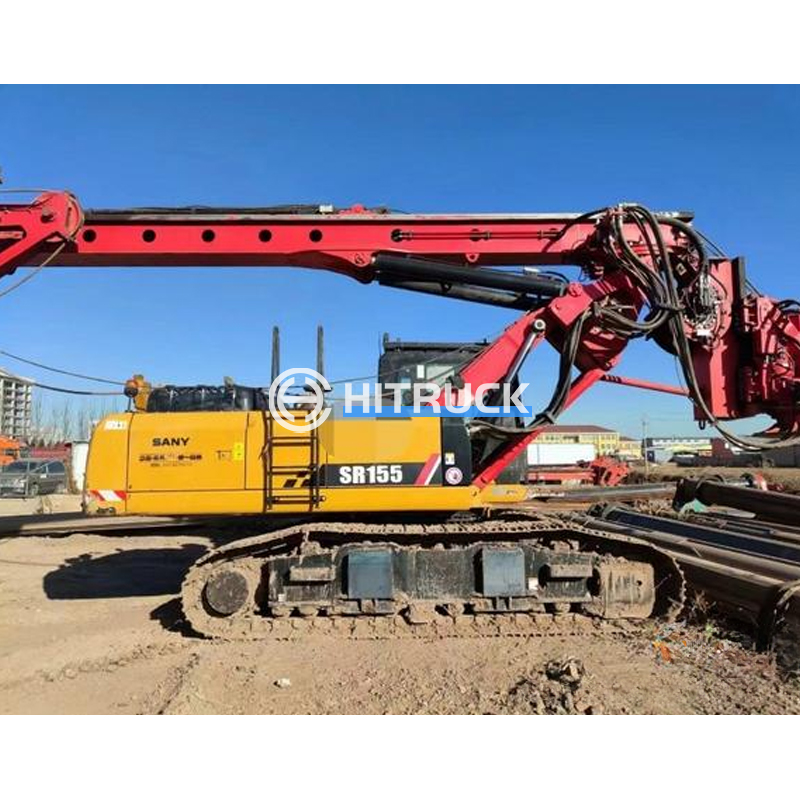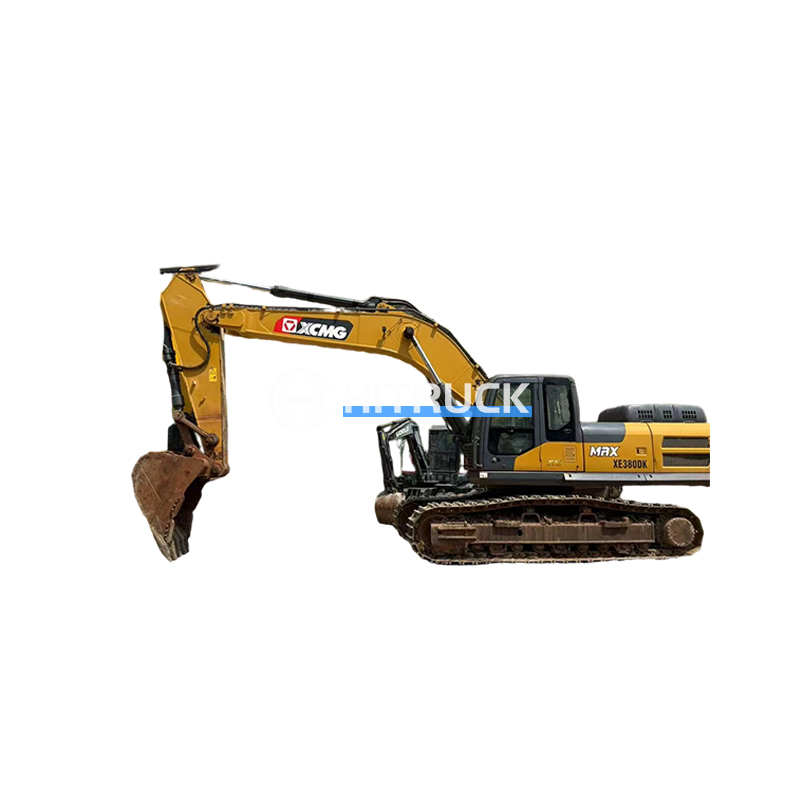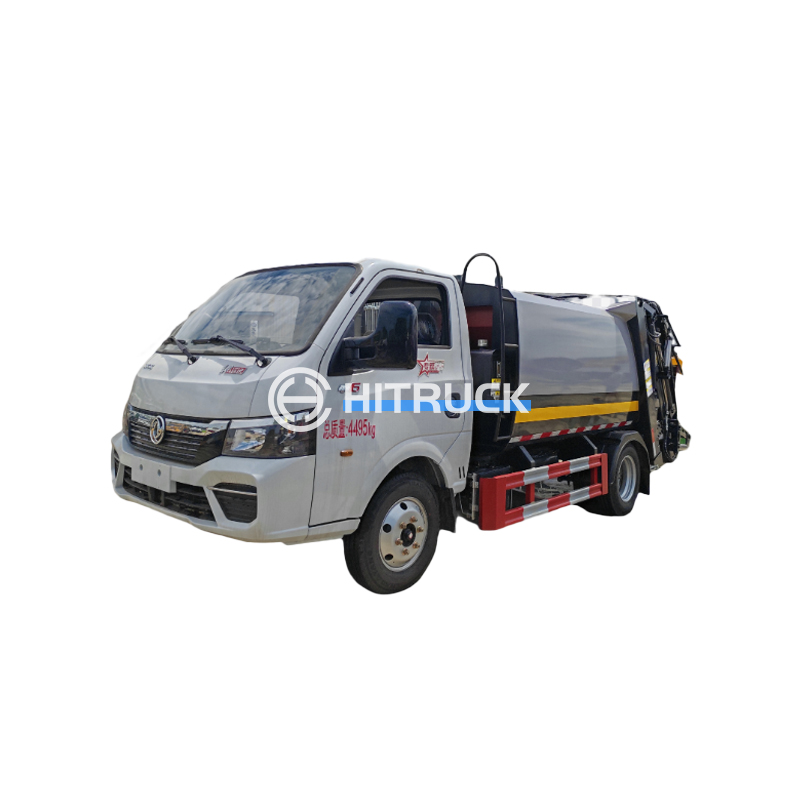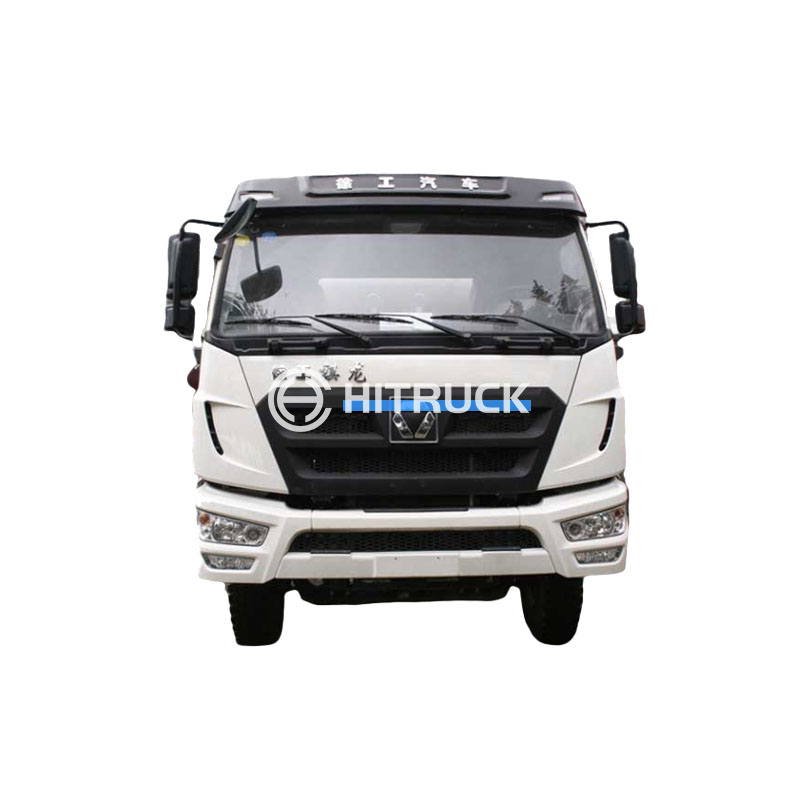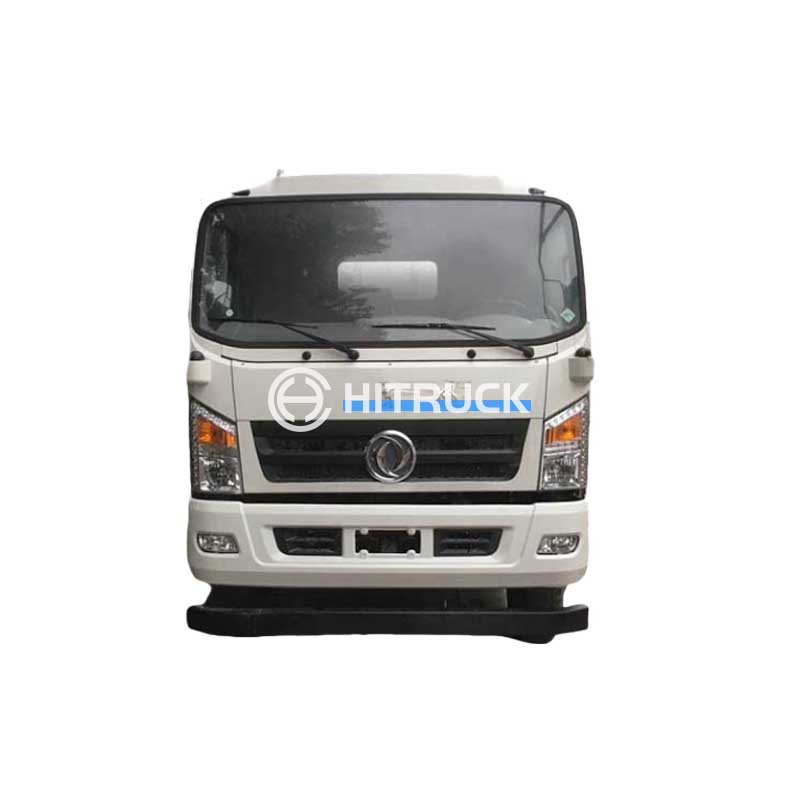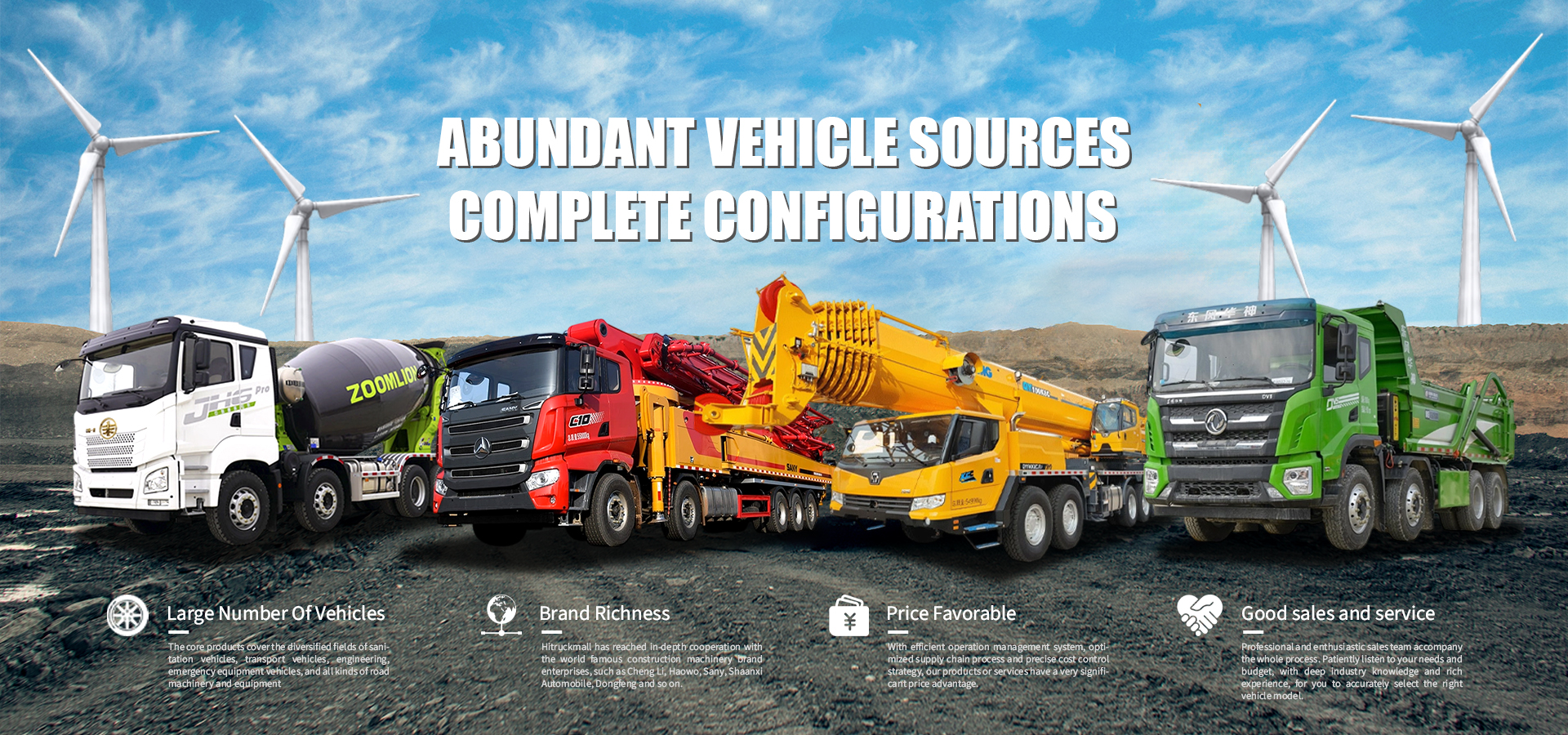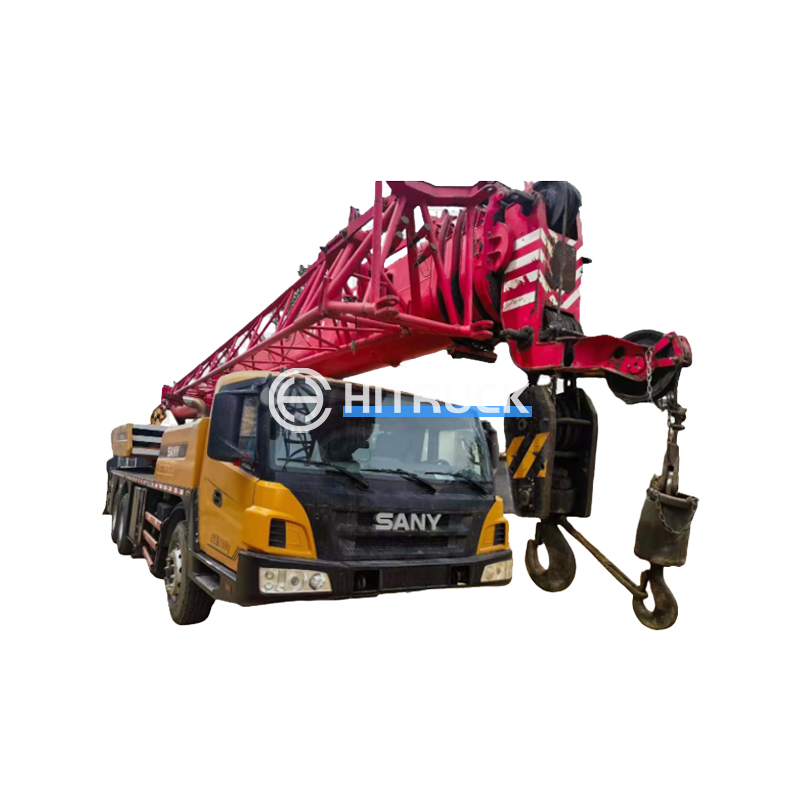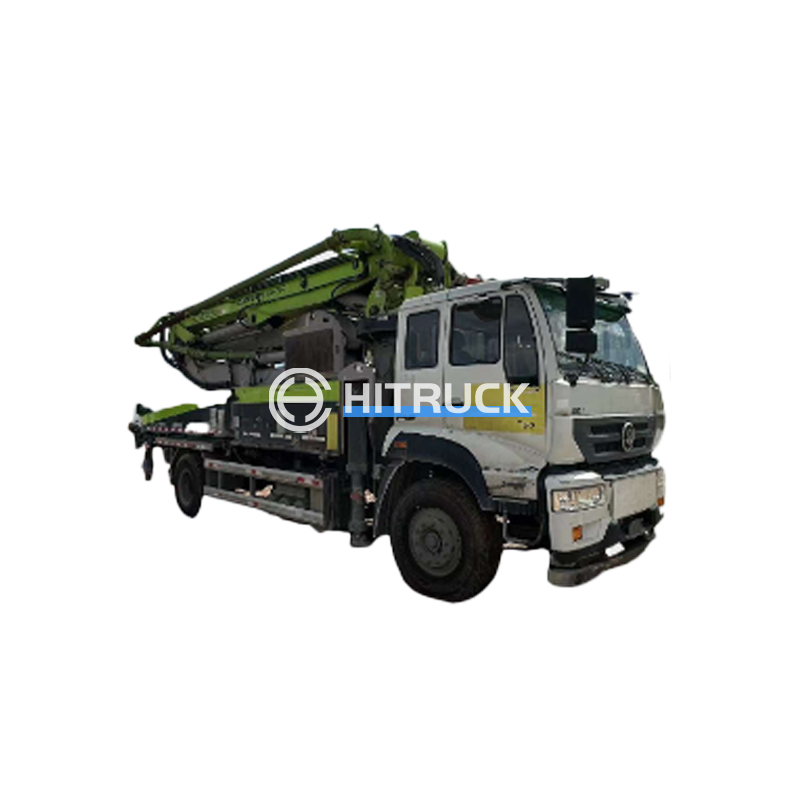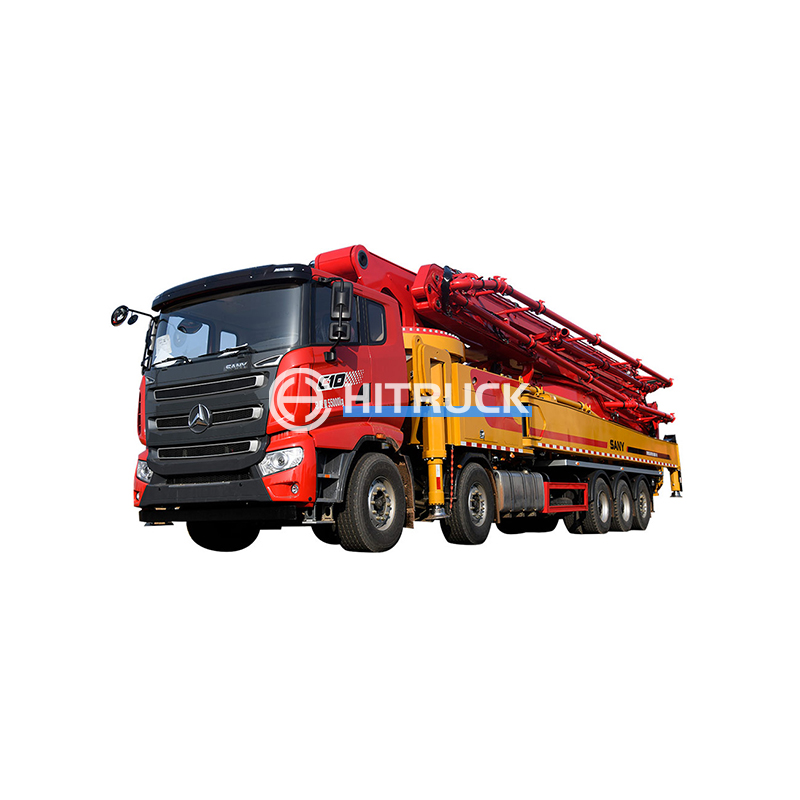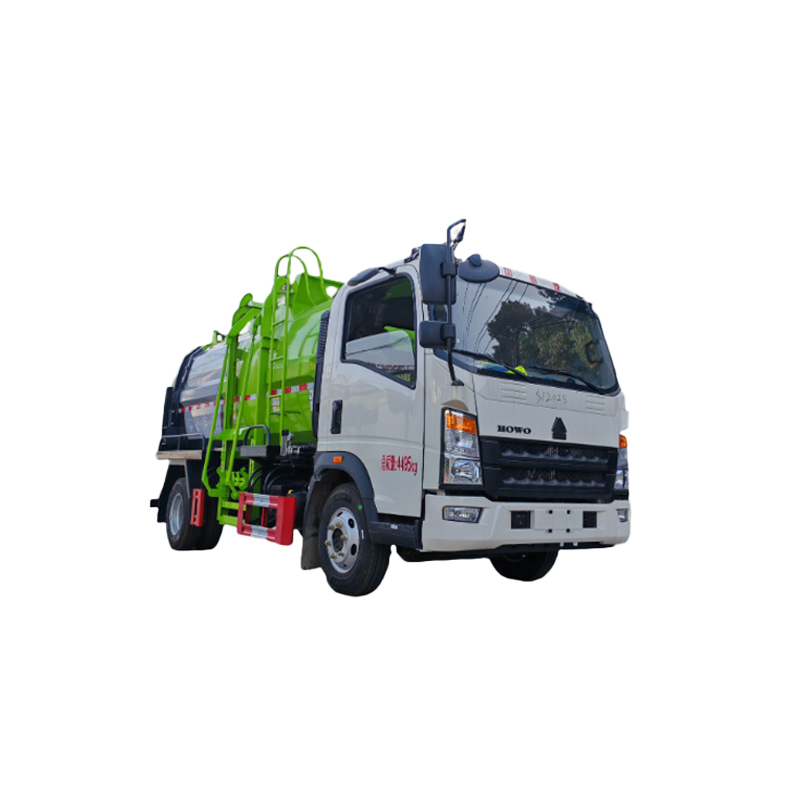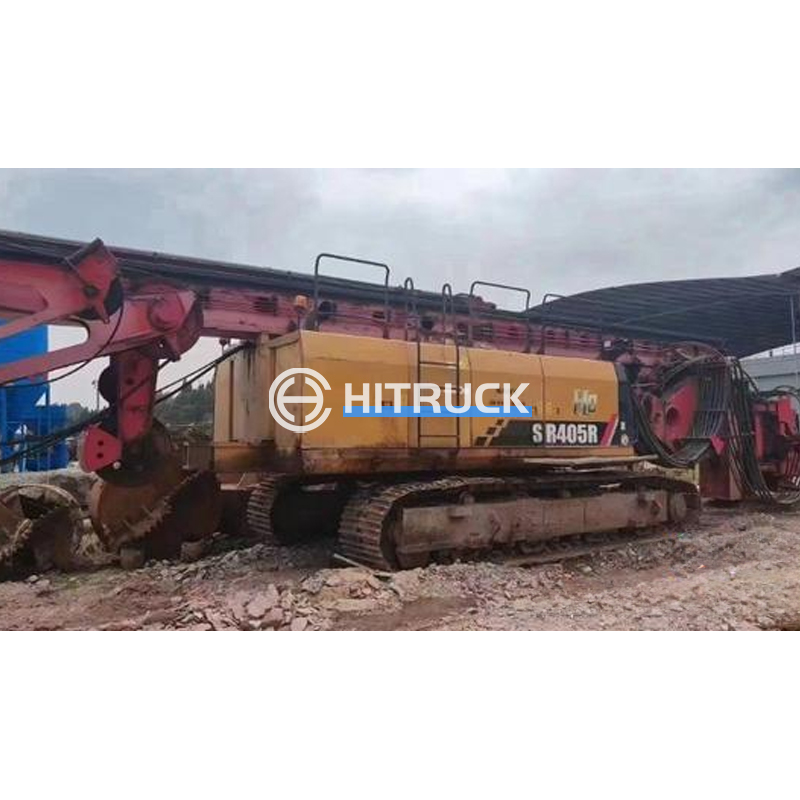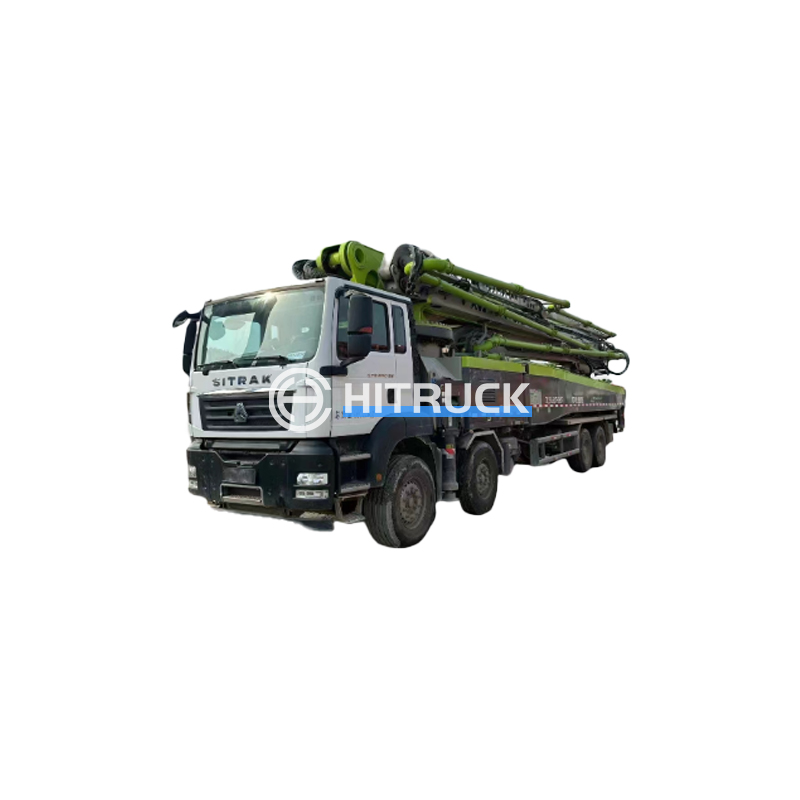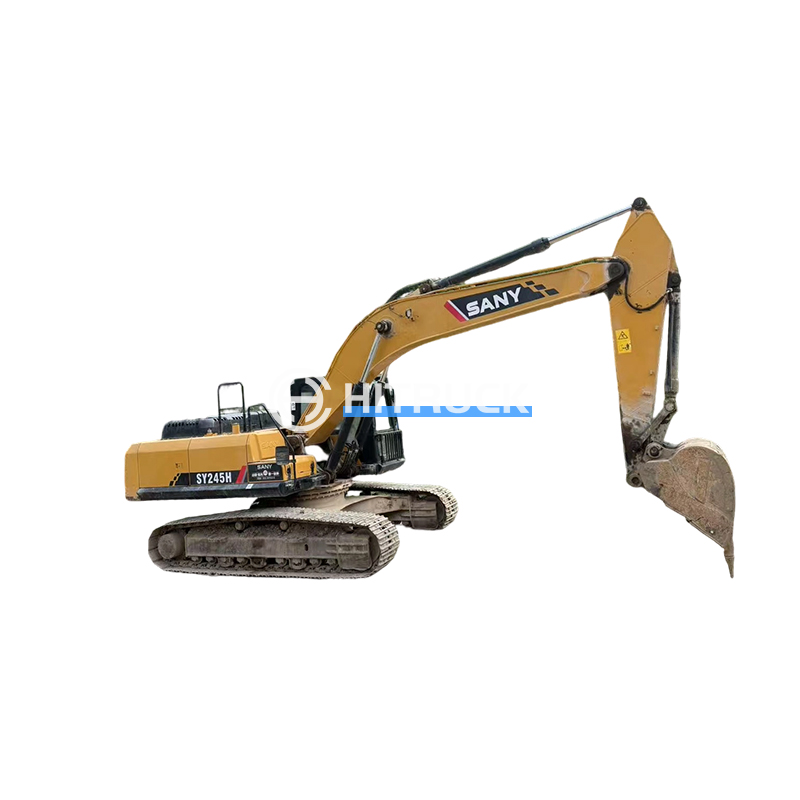Overhead Crane Construction: A Comprehensive GuideOverhead crane construction is a complex process requiring careful planning, skilled labor, and adherence to stringent safety regulations. This guide provides a detailed overview of the entire process, from initial design and planning to final installation and commissioning. It covers various types of overhead crane construction, common challenges, and best practices for ensuring a safe and efficient project.
Planning and Design Phase
Needs Assessment and Site Survey
Before any construction begins, a thorough needs assessment is crucial. This involves identifying the specific lifting requirements, including the maximum load capacity, lifting height, span, and operational frequency. A detailed site survey will determine the available space, structural integrity of the building, and any potential obstacles. Careful consideration must be given to the foundation requirements based on the crane's weight and operating loads. This stage often involves collaborating with structural engineers to ensure the building can safely support the
overhead crane.
Crane Type Selection
Several types of
overhead cranes are available, each with its own advantages and disadvantages. Common types include: Top-running cranes: These cranes have the bridge structure running on top of the runway beams. They are generally preferred for heavy-duty applications. Under-running cranes: In this design, the bridge runs underneath the runway beams, offering more headroom. Single-girder cranes: Suitable for lighter loads, these cranes are simpler and more cost-effective. Double-girder cranes: These cranes are designed for heavier lifting capacities and offer greater stability.The choice of crane type depends heavily on the specific application and site conditions. Factors to consider include the load capacity, span, lifting height, and available headroom.
Design and Engineering
Once the crane type is selected, detailed design and engineering drawings are prepared. This stage involves specifying the dimensions, materials, and components of the crane, as well as the electrical and control systems. Compliance with relevant safety standards and regulations (e.g., ASME, CMAA) is paramount during this phase. Professional engineering services are typically engaged to ensure the design meets all requirements.
Construction Phase
Foundation Work
A robust foundation is critical for the stability and longevity of the
overhead crane. The foundation design should account for the crane's weight, operating loads, and soil conditions. This may involve constructing reinforced concrete foundations or using other suitable methods. Precise leveling and alignment are essential to ensure smooth crane operation.
Erection of the Crane Structure
The erection process involves assembling the various components of the crane, including the bridge, trolley, and runway beams. This process requires specialized equipment and skilled personnel to ensure safe and accurate assembly. Rigorous quality checks are performed at each stage to guarantee the crane's structural integrity.
Electrical and Control System Installation
The installation of the electrical and control systems is a critical aspect of
overhead crane construction. This involves wiring, installing motors, limit switches, and other control components. Proper grounding and safety measures are crucial to prevent electrical hazards. Testing and commissioning of the electrical systems are performed to ensure proper functionality and compliance with safety regulations.
Testing and Commissioning
Before the crane is put into operation, comprehensive testing and commissioning are carried out. This includes load testing to verify the crane's lifting capacity and functionality. All safety mechanisms are thoroughly checked to ensure they are working correctly. This stage often involves inspections by qualified professionals to confirm compliance with all applicable regulations.
Maintenance and Safety
Regular maintenance and inspections are crucial for the safe and efficient operation of
overhead cranes. A well-maintained crane minimizes downtime and reduces the risk of accidents. Regular lubrication, inspections, and repairs are essential to extend the crane's lifespan. Operator training is also critical to ensure safe and proper operation.
Choosing the Right Partner for Your Overhead Crane Construction
Selecting a reputable and experienced contractor is essential for a successful
overhead crane construction project. Consider their experience, certifications, safety record, and client references. For reliable and high-quality crane solutions, consider contacting
Suizhou Haicang Automobile sales Co., LTD.
Remember, safety should always be the top priority in any overhead crane construction project.


